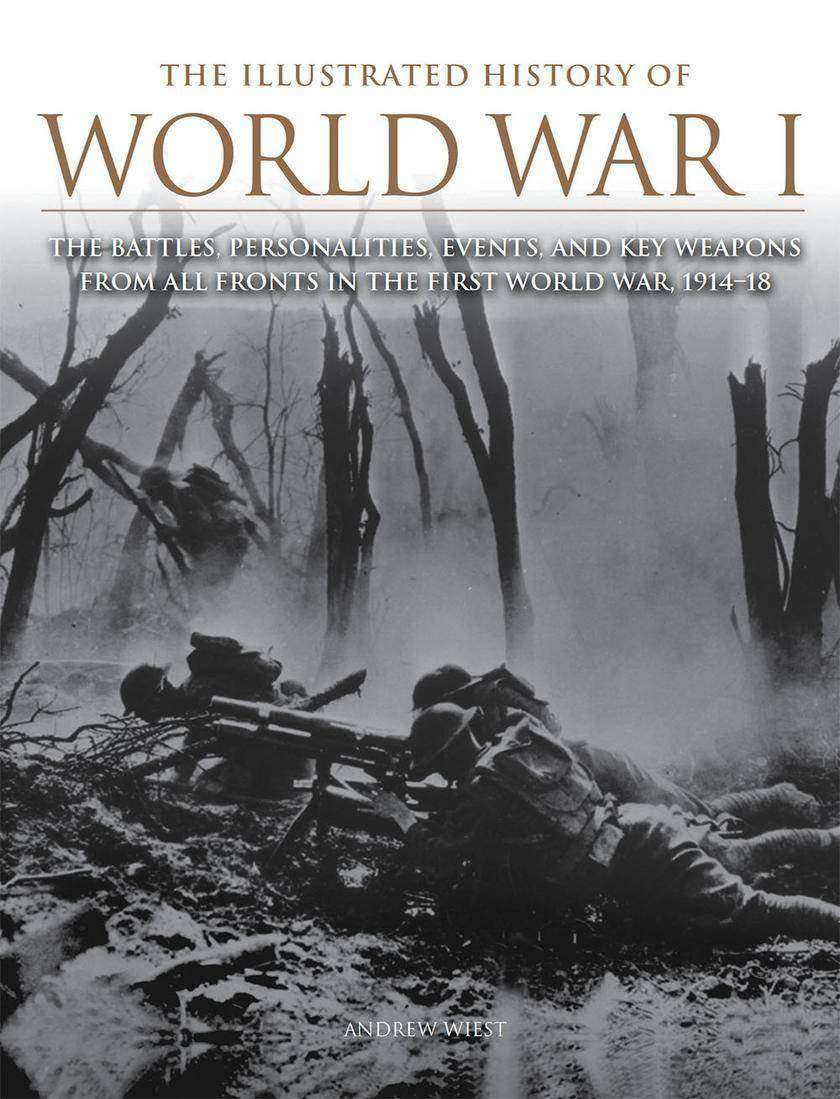
The Illustrated History of World War I
¥81.67
The first truly total war, the ‘war to end all wars’, shocked the world with its scale and brutality. Men from both sides went to war in August 1914 expecting to be home by Christmas, but on the Western and Italian Fronts troops became locked in a grim stalemate of trench warfare. For the first time, advances in both agricultural and industrial production had made it possible to equip and sustain mass armies for years in the field. The Illustrated History of World War I describes a conflict that began with a naval arms race in the early 1900s, and ended in 1918 with the deaths of nearly 23 million soldiers of all nations. As many more would die in the influenza pandemic that raged after the fighting had ceased. The war brought great social, political and military change. The innocence of the Victorian world was gone, replaced by an era of uncertainty. With the aid of more than 250 black-and-white photographs and full-colour artworks, The Illustrated History of World War I recreates the battles and campaigns that raged across the surface of the globe, on land, at sea and in the air. Including full colour maps of specific actions and campaigns and feature boxes explaining important events and personalities involved in the conflict, The Illustrated History of World War I provides a graphic and compelling account of the first truly modern war.
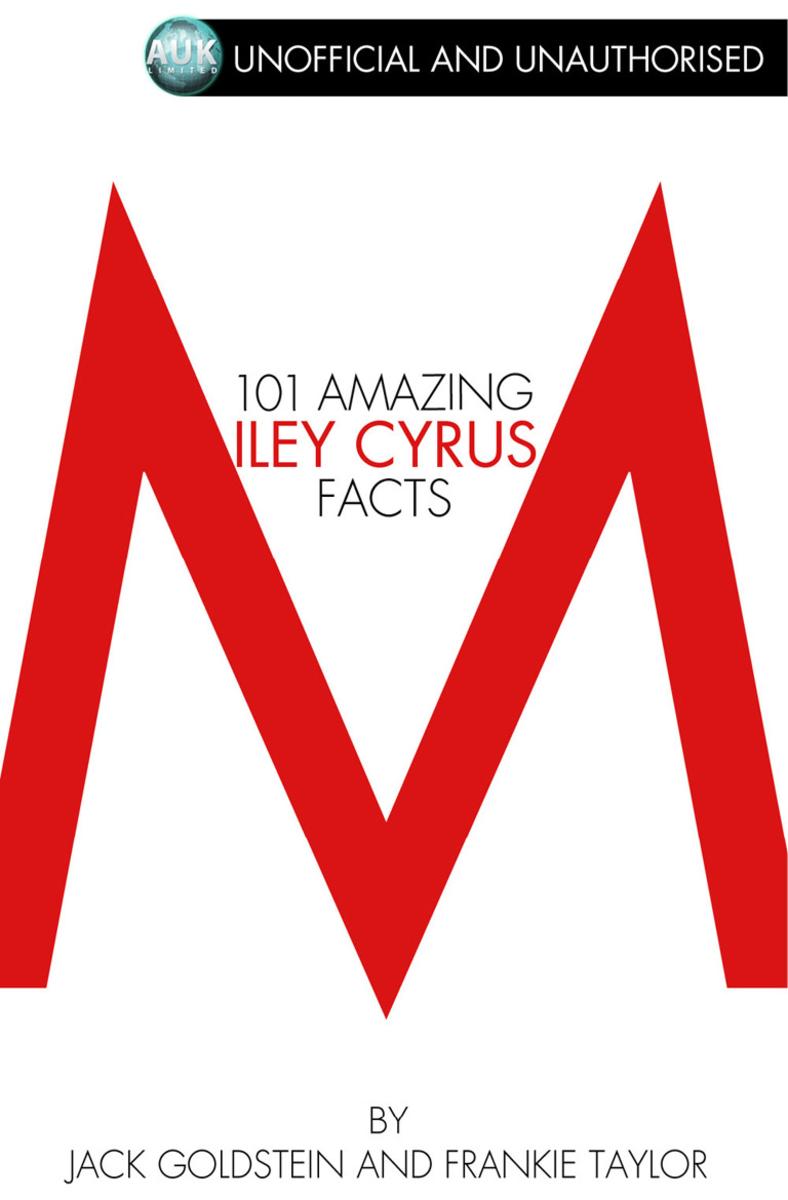
101 Amazing Miley Cyrus Facts
¥19.52
Are you the world's biggest Miley Cyrus fan? Or do you want to know everything there is to know about the ex Hannah Montana actress who is now a global superstar?If so, then this is the book for you! Contained within are 101 amazing facts about everything, from how Miley got started as both an actress and as a singer, to her love life, awards she has won and much more. The book is easily organised into sections so you can find the information you want fast and is perfect for all ages!

Pointless Conversations - The Purple Collection
¥19.52
Pointless conversations: a selection of daft, ridiculous and utterly pointless meanderings from the mind of Scott Tierney. If you've ever wanted to know the answers to why Superman is a coward; why Spiderman should technically be deformed; and if Superdog caused the death of Krypton, then these bite-sized comics will reveal all. The discussions may be inane, and most of what is said is rambling, but despite this, you may find yourself agreeing with most of what is said. In this collection of short (but still pointless) conversations, we learn about popcorn, batmeringues, subways, the power of the mind, chimney sweeps and much more...

10 Amazing Christmas Carols - Volume 2
¥39.14
This second volume in the Amazing Christmas Carols collection features:- Hark! The Herald Angels Sing- Away in a Manger- O Come, All Ye Faithful- As With Gladness, Men of Old- The First Nowell- I Saw Three Ships Come Sailing In- Once in Royal David's City- Deck the Hall- Infant Holy, Infant Lowly- O Christmas TreeEach carol is presented with an introduction featuring information about its origins, the full music score (all choral parts plus accompaniment), a separate piano score, individual parts for Soprano, Alto, Tenor and Bass and a separate page of just the words.This eBook is specifically formatted for high quality display on a range of devices, tablets and eBook readers and is perfect for individuals, choirs, schools, churches or any other singing group.

Benedict Cumberbatch
¥58.76
Benedict Cumberbatch's career is built to last. From his early success as a working actor through his dynamic trajectory to international star, Cumberbatch continues to be one of the best thespians of his generation. Those who know Cumberbatch primarily because of his award-winning star turn as Sherlock Holmes in the BBC's Sherlock know only a fraction of the actor's noteworthy professional history, including such critically acclaimed roles as, on television, Hawking, Small Island, To the Ends of the Earth, Parade's End, and The Hollow Crown; on stage, Hedda Gabler, After the Dance, Frankenstein, and Hamlet; on radio, Cabin Pressure and Neverwhere; and on film, Atonement, War Horse, Star Trek: Into Darkness, and The Imitation Game. Whether starring on television, stage, or radio in home base London or filming a Hollywood production, Benedict Cumberbatch continues to choose interesting roles that cement his A-list status. His career is not without occasional controversy, but, like those he admires most in London or Hollywood, he has become savvy about the entertainment industry. Benedict Cumberbatch is here to stay in the spotlight-to the delight of anyone who appreciates fine acting.

Pointless Conversations
¥19.52
Pointless conversations: a selection of daft, ridiculous and utterly pointless meanderings from the mind of Scott Tierney. If you've ever wanted to know the answers to why Superman is a coward, why Spiderman should technically be deformed, and if Superdog caused the death of Krypton, then these bite-sized comics will reveal all. The discussions may be insane, and most of what is said is rambling, but despite this, you may find yourself agreeing with most of what is said. It's a fair point: where does Spiderman store all that web?
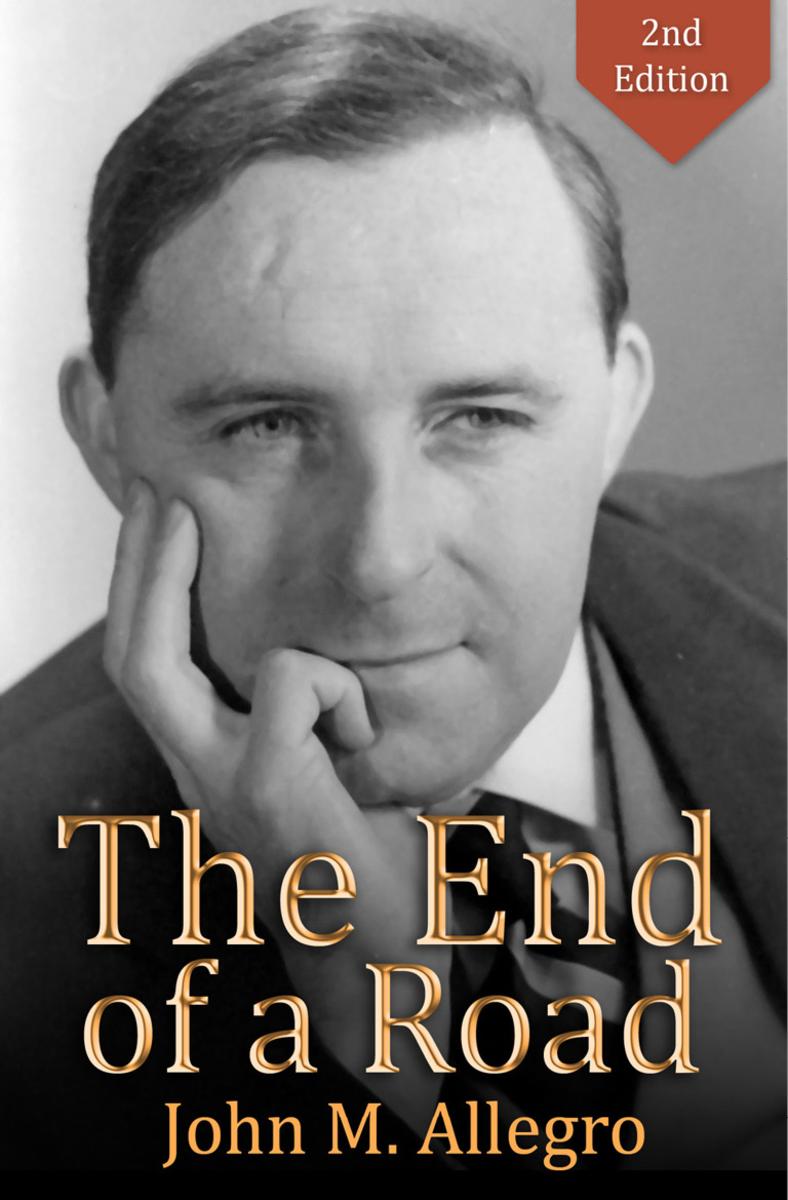
End of a Road
¥132.34
In 1970, John M. Allegro published The Sacred Mushroom and the Cross, arguing that the early Christians belonged to a drug cult, their sacrament consisting of hallucinogenic mushrooms. The book contained a large amount of linguistic data to support Allegro's speculations. In his follow-up book, The End of a Road, Allegro considered the philosophical ramifications of having undermined Christianity and hence, for many people, religion altogether. He argued that abandoning religion is not tantamount to abandoning morality; rather, it should enable a more honest and straightforward approach to morality. This new edition includes a new foreword by Judith Anne Brown, author of John Marco Allegro: The Maverick of the Dead Sea Scrolls, as well as two new essays. These are an essay by Franco Fabbro discussing a mushroom mosaic in an early Christian church in Aquileia; and an essay by John Bolender discussing the vagueness of the concept of religion, which raises questions about the precise target of Allegro's polemic and challenges attempts to defend religion as a biological adaptation.

Progressive Secular Society
¥63.67
A progressive secular society is one committed to the widening of scientific knowledge and humane feeling. It regards humanity as part of physical nature and opposes any appeal to supernatural agencies or explanations. In particular, human moral perspectives are human creations and the only basis for ethics. Secular values need re-affirming in the face of the resurgence of aggressive supernatural religious doctrines and practices. This book gives a set of 'secular thoughts for the day' - many only a page or two long - on topics as varied as Shakespeare and Comte, economics, science and social action.

May Martin’s Sewing Bible e-short 1
¥9.71
The first of 6 eBook-only shorts from star of the Great British Sewing Bee and doyenne of the Women’s Institute, May Martin, with everything the aspiring seamstress needs to get started: A Place to Sew & the Equipment You Need, General Dressmaking Tips, and Hand Stitches. An exclusive first look at May Martin’s Sewing Bible, due out in August. May has been teaching sewing for over 40 years. Now for the first time she shares her tips and tricks, offering the ultimate beginners’ guide to sewing. Beautifully styled and simple-to-follow, this authoritative sewing e-short, taken from May Martin’s Sewing Bible, gives readers information on everything they need to know to get started with sewing.

May Martin’s Sewing Bible e-short 5: Homeware
¥15.60
The fifth of 6 eBook-only shorts from star of the Great British Sewing Bee and doyenne of the Women’s Institute, May Martin, including three brilliant ways to improve the home from curtains to cushions – taken from May Martin’s Sewing Bible. May has been teaching sewing for over 40 years. Now she shares her tips and tricks on making the home even more beautiful, giving readers the chance to transform their home interiors. Beautifully styled and simple-to-follow, this authoritative sewing e-short, taken from May Martin’s Sewing Bible, provides three new and exciting ways to decorate the home.
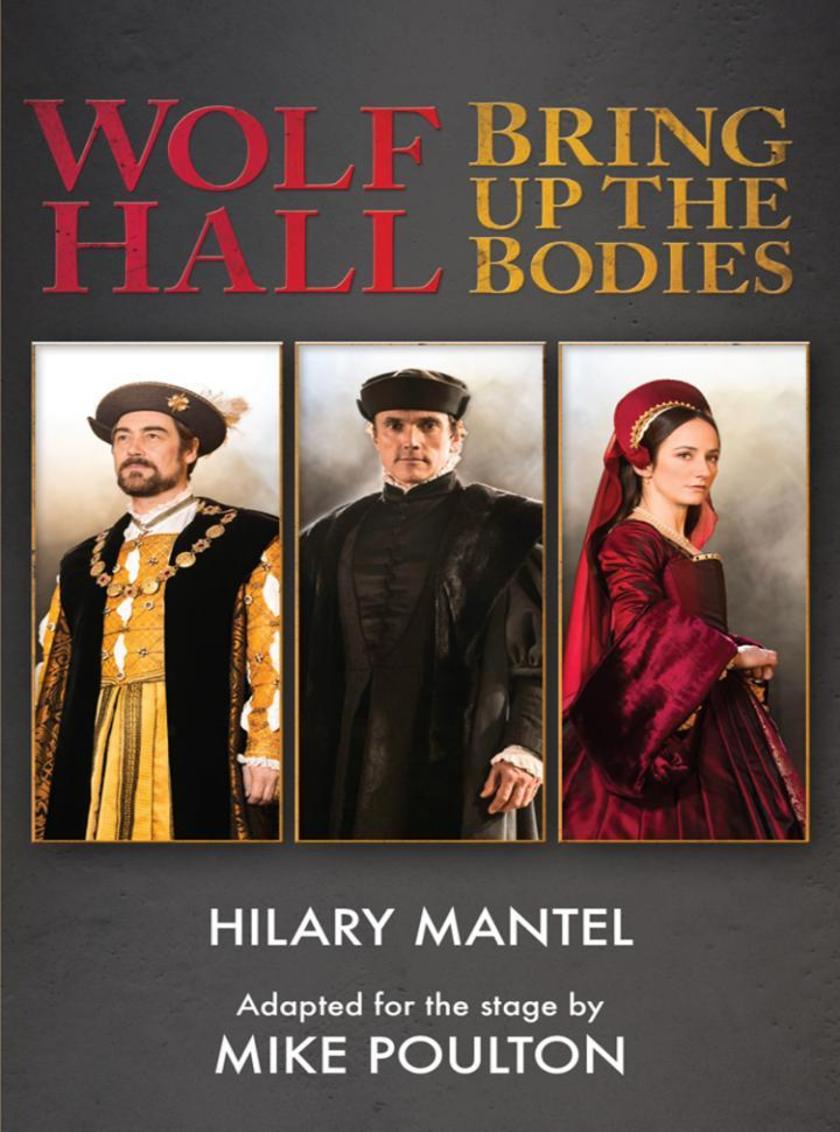
Wolf Hall & Bring Up the Bodies: RSC Stage Adaptation - Revised Edition
¥70.34
A new, revised edition for the London transfer of Mike Poulton’s expertly adapted two-part adaptation of Hilary Mantel’s hugely acclaimed novels, featuring a substantial set of character notes by Hilary Mantel. Mike Poulton’s ‘expertly adapted’ (Evening Standard) two-part adaptation of Hilary Mantel’s acclaimed novels ‘Wolf Hall’ and ‘Bring Up the Bodies’ is a gripping piece of narrative theatre … history made manifest’ (Guardian). The plays were premiered to great acclaim by the Royal Shakespeare Company in Stratford-upon-Avon in 2013, before transferring to the Aldwych Theatre in London’s West End in May 2014. ‘Wolf Hall’ begins in England in 1527. Henry has been King for almost twenty years and is desperate for a male heir; but Cardinal Wolsey is unable to deliver the divorce he craves. Yet for a man with the right talents this crisis could be an opportunity. Thomas Cromwell is a commoner who has risen in Wolsey’s household – and he will stop at nothing to secure the King’s desires and advance his own ambitions. In ‘Bring Up the Bodies’, the volatile Anne Boleyn is now Queen, her career seemingly entwined with that of Cromwell. But when the King begins to fall in love with self-effacing Jane Seymour, the ever-pragmatic Cromwell must negotiate within an increasingly perilous Court to satisfy Henry, defend the nation and, above all, to secure his own rise in the world. Hilary Mantel’s novels are the most formidable literary achievements of recent times, both recipients of the Man Booker Prize. This volume contains both plays and a substantial set of notes by Hilary Mantel on each of the principal characters, offering a unique insight into the adaptations and an invaluable resource to any theatre companies wishing to stage them.

Complete Artist’s Manual
¥114.48
The definitive artist’s reference guide and comprehensive sourcebook of art materials and painting techniques, now available in a modern paperback edition. The Complete Artist’s Manual covers all the elements of painting and drawing from materials to techniques, colour composition and media – the ultimate artist’s bible. In addition, it contains a structured painting course with simple exercises developing into more advanced projects, with demonstrations by well-known practising artists who share their experience and expertise with the reader. Contents includes; Supports Drawing and painting media Drawing and sketching Painting techniques Colour and composition What to paint – getting started The artist’s studio Glossary and directory The Complete Artist’s Manual is visually rich and exciting, practical and comprehensive – no artist’s studio should be without it.

Idle Worship (Text Only Edition)
¥46.11
SO I’VE JUST GOT UP THE STAIRS with my piping hot fish and chips and the phone’s ringing. I put my fish and chips on top of the stove, which hasn’t worked for eighteen months, and think: this better be quick. ‘Yeah?’ I snarl with all the hostility I can muster.

Adele
¥66.22
Sean Smith is the UK’s leading celebrity biographer and the author of six Sunday Times bestsellers, with his titles being translated throughout the world. Described by the Independent as a ‘fearless chronicler’, he specialises in meticulous research, going ‘on the road’ to find the real person behind the star image.
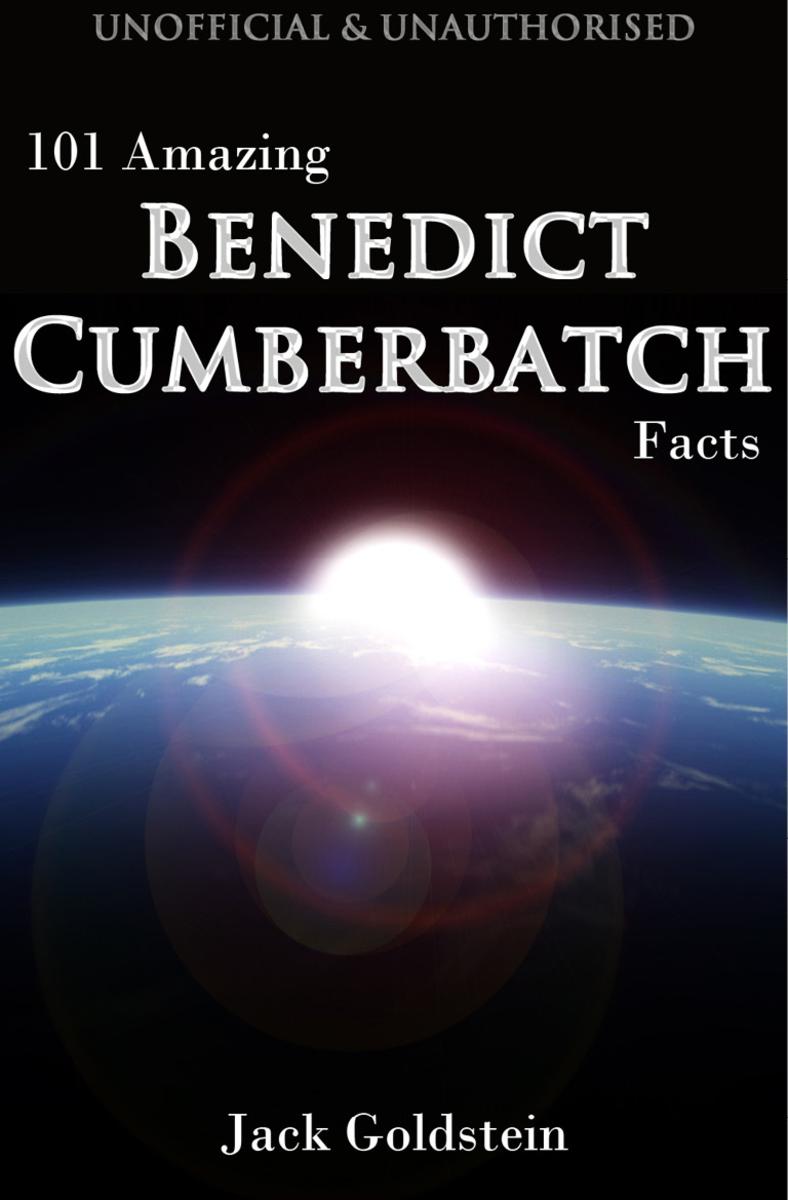
101 Amazing Benedict Cumberbatch Facts
¥19.52
101 Amazing Benedict Cumberbatch Facts
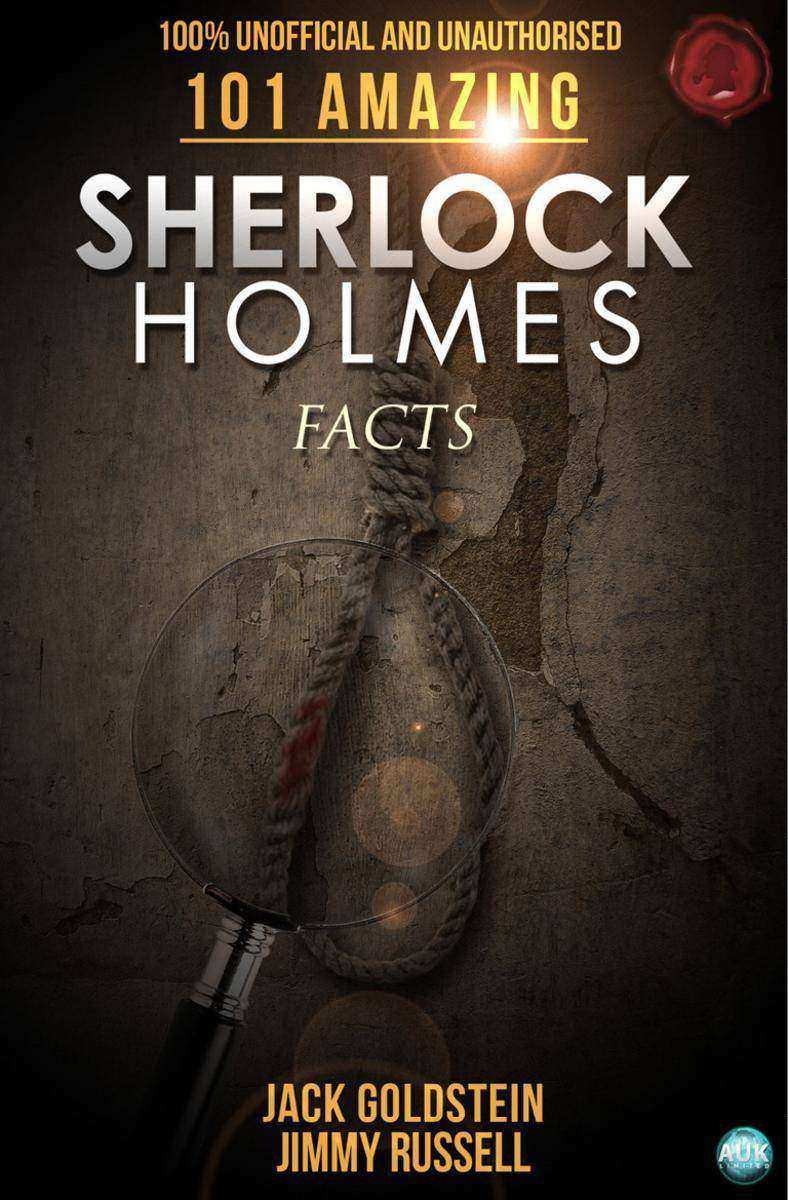
101 Amazing Sherlock Holmes Facts
¥19.52
Are you a fan of Sherlock Holmes? Do you want to know some incredible trivia about the world's greatest detective? Whether it is Benedict Cumberbatch in the BBC's Sherlock that you enjoy, or Robert Downey Junior's portrayal in the film series that piques your interest, this fantastic book of facts from Jack Goldstein and Jimmy Russell is sure to be an excellent addition to your bookshelf. With sections covering adaptations of the stories, Sir Arthur Conan Doyle and of course the most amazing and unbelievable facts, this is the perfect way to find out more about the best-selling hero.
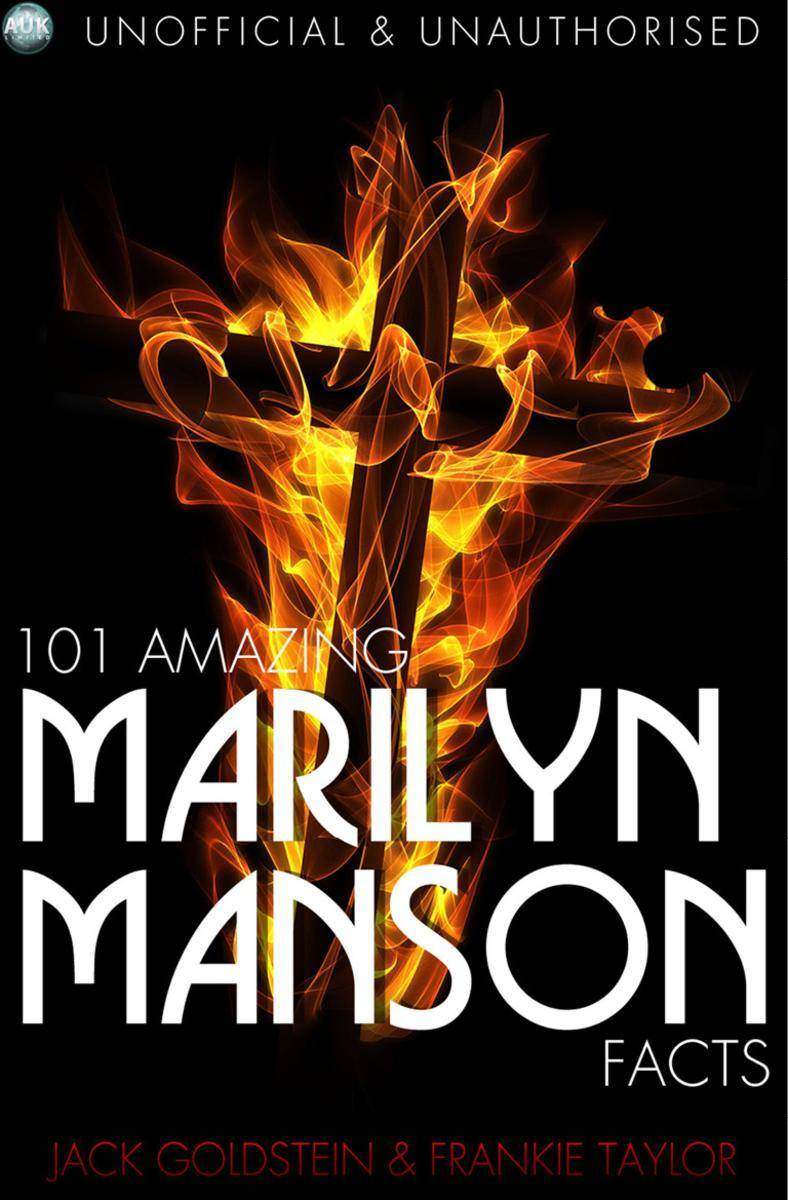
101 Amazing Marilyn Manson Facts
¥19.52
Are you the world's biggest Marilyn Manson fan? Or do you want to know everything there is to know about the controversial frontman?If so, then this is the book for you! Contained within are 101 amazing facts about everything, from how Marilyn got started in the music business to his personal life, awards he has won, unusual objects he is said to collect and much more. The book is easily organised into sections so you can find the information you want fast!
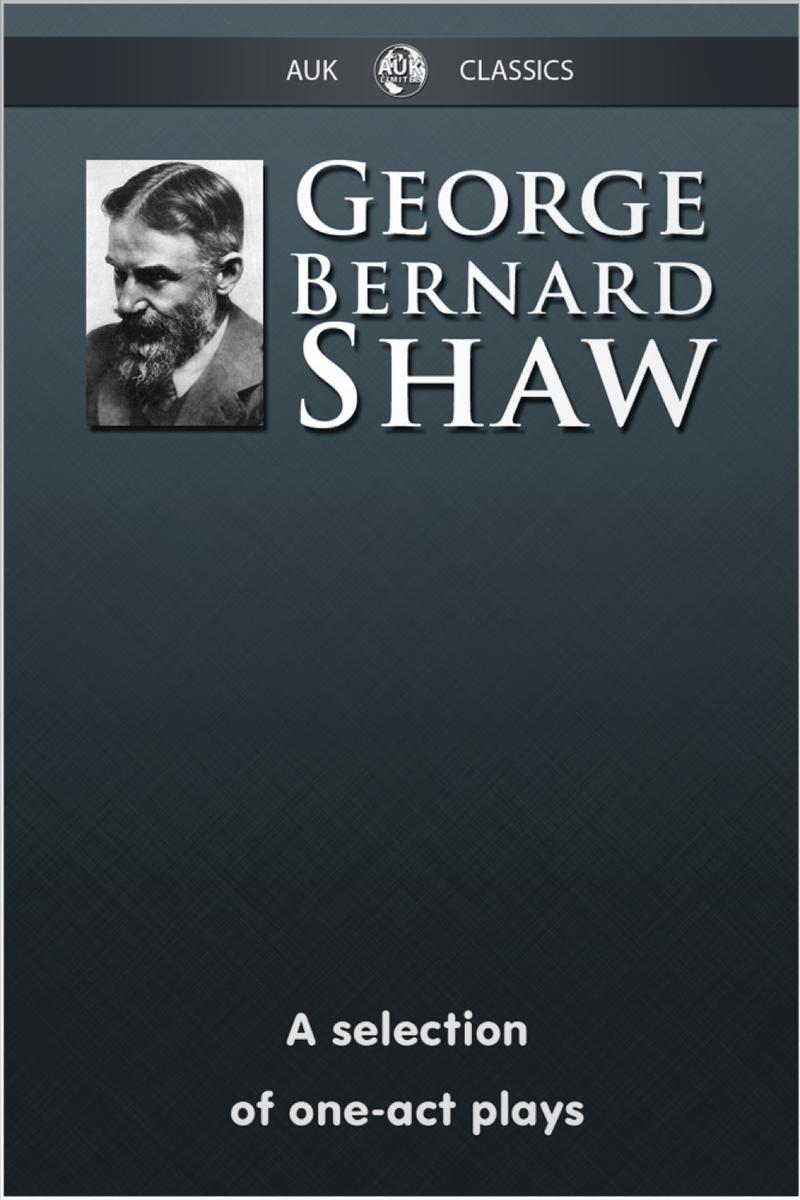
George Bernard Shaw - A Selection of One-Act Plays
¥19.52
A choice selection of one-act plays from the Nobel Prize for Literature and Academy Award winning playwright George Bernard Shaw.Includes: Augustus Does His Bit: A True-to-Life Farce The Dark Lady of the Sonnets How He Lied to Her Husband The Inca of Perusalem: An Almost Historical Comedietta Overruled Press Cuttings
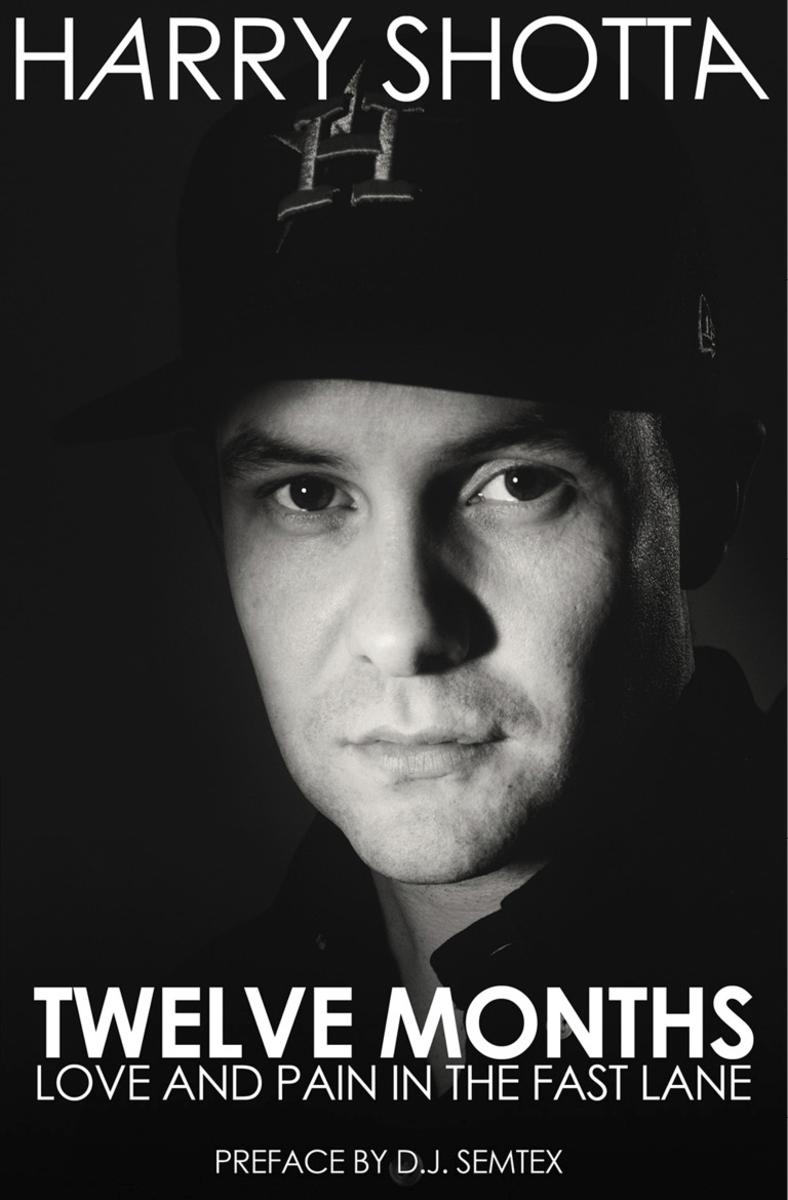
Twelve Months
¥29.33
Twelve Month's is the story of a turbulent year in the life of Harry Shotta. A multi award winning MC who is known for his rapid fire delivery and versatility, this book gives readers an insight into the story behind his 'Twelve Months' mixtape. Delving into emotional memories from his childhood and a year which included extreme highs and lows it is a very personal and honest account of a year filled with 'love and pain in the fast lane'.
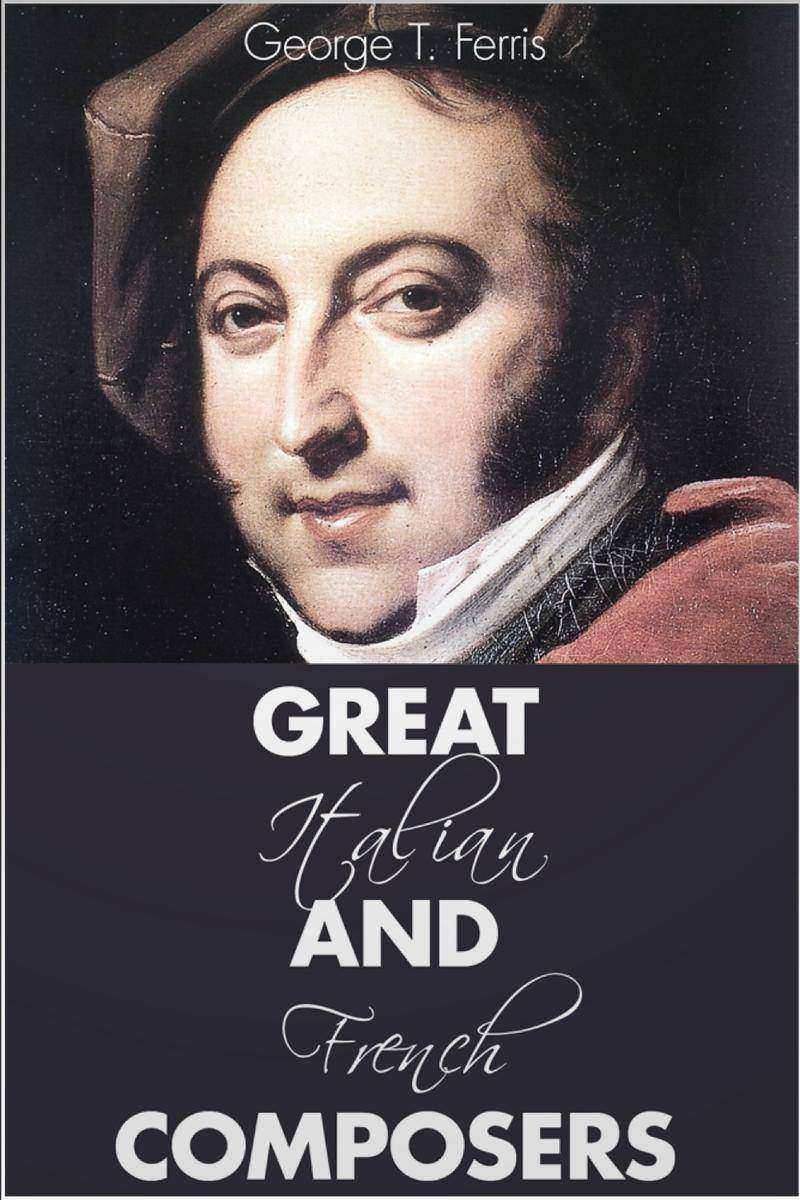
Great Italian and French Composers
¥19.52
A fascinating look at several famous composers from Italy and France, including Rossini, Verdi, Berlioz and Cherubini.

50 Quick Facts about Arizona
¥9.71
This book is part of a series of 50 quick facts about each of the United States of America. This book covers the state of Arizona. Facts about the major cities, the history of the state, famous people linked to Arizona and many more subjects. This book contains all you will ever need to know about the Copper State.




 购物车
购物车 个人中心
个人中心



